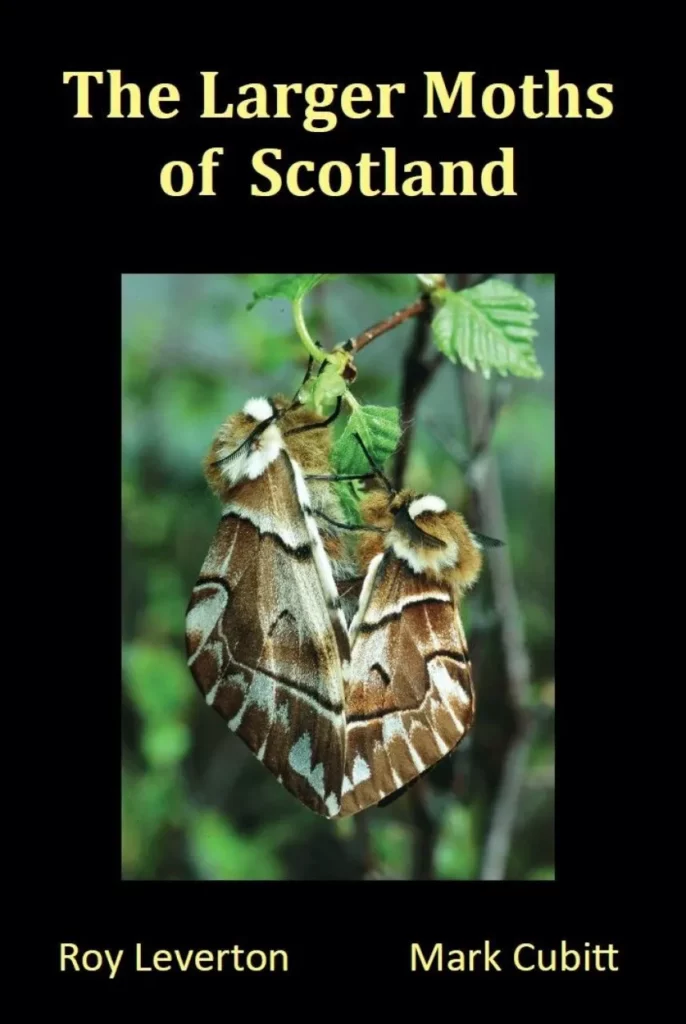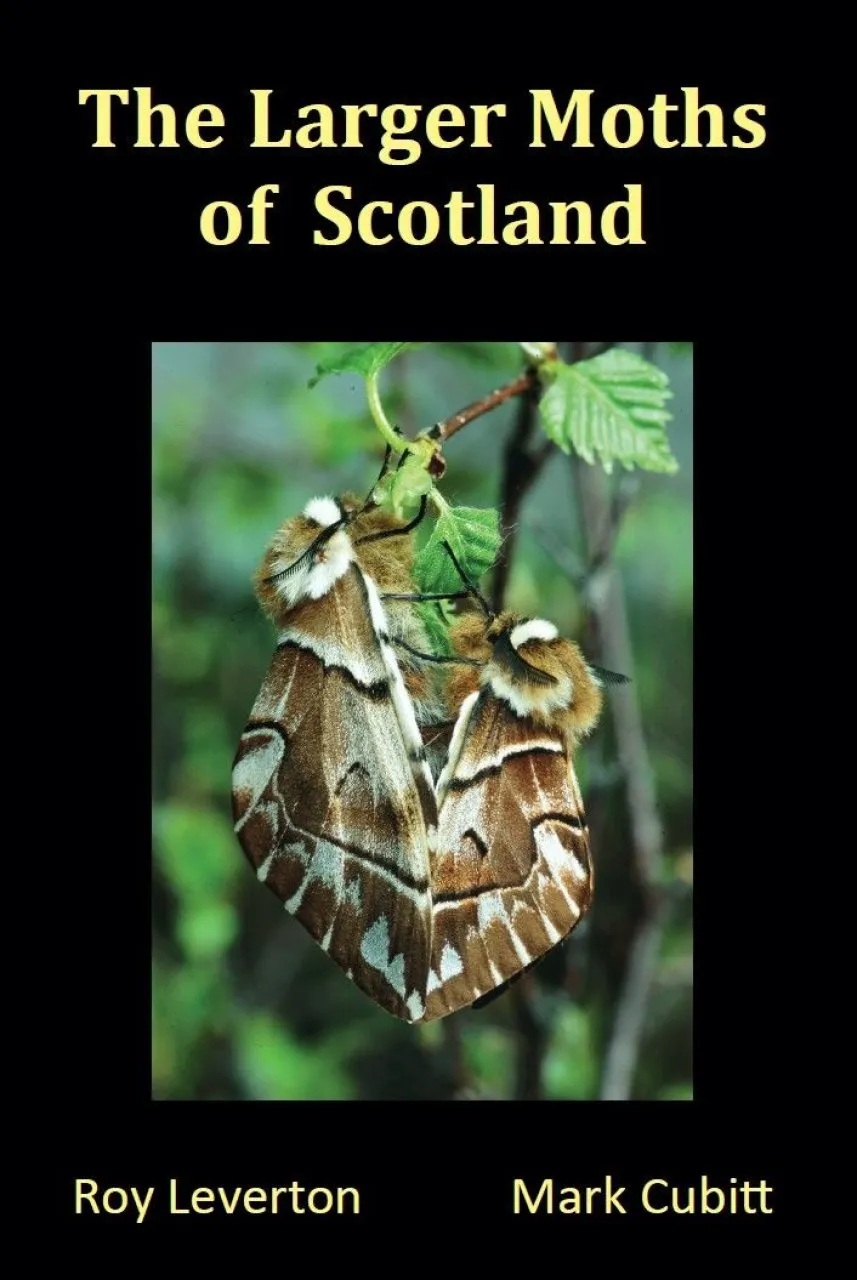At first glance this book might appear to be simply an atlas of Scottish macro-moths and, indeed, like a typical atlas each species is dedicated half a page with a photo and a map alongside some brief text. To call this simply an atlas, however, would be an injustice and there is much here beyond ‘dots on maps’. While each species is described in only 200 words or fewer, there is a wealth of information conveyed, supplemented by excellent maps and trend graphs. This is the first book dedicated to Scottish moths and the author’s combined experiences have clearly contributed greatly, with much of the information collated here for the first time.
The authors have taken care to use their words wisely and, rather than repeating information found infield guides and other publications, the accounts focus on the Scottish habits of each moth. For each species account there is a brief introduction, often containing an interesting morsel of information about the etymology of the moth’s name or details of international status, a topic often overlooked by UK ‘moth-ers’ (how many of us knew that the British populations of Foxglove Pug can be regarded as internationally important?). There are also short paragraphs on range and habitat, trends and flight period. Finally, a recording issues section gives details about potential confusion species or tips on how best to find the moth.
Every species reliably recorded in Scotland has been included in the accounts. There is also a table detailing plausible additions to the Scottish list, which have been claimed in the past but for which no confirmatory evidence can be found. There is also a short list of adventive species. The authors have used Scottish photos of the moths wherever possible. This is an important touch given that in many species the forms in Scotland differ from those in other parts of the UK, as moth-ers visiting Scotland will have no doubt discovered.
The maps are based on records submitted to Butterfly Conservation’s National Moth Recording Scheme and contain additional records submitted to county moth recorders across Scotland in the final few months up to publication. The maps take a few moments to get used to but, once you have grown accustomed to the meanings of the colours and dot sizes, there is a great deal of information contained, particularly for species which have contracted or expanded in range.
For anyone with an interest in the moths of Scotland, this book would be a worthwhile investment. Even beyond those moth enthusiasts who live in Scotland, this book should appeal to those moths seen north of the border.

